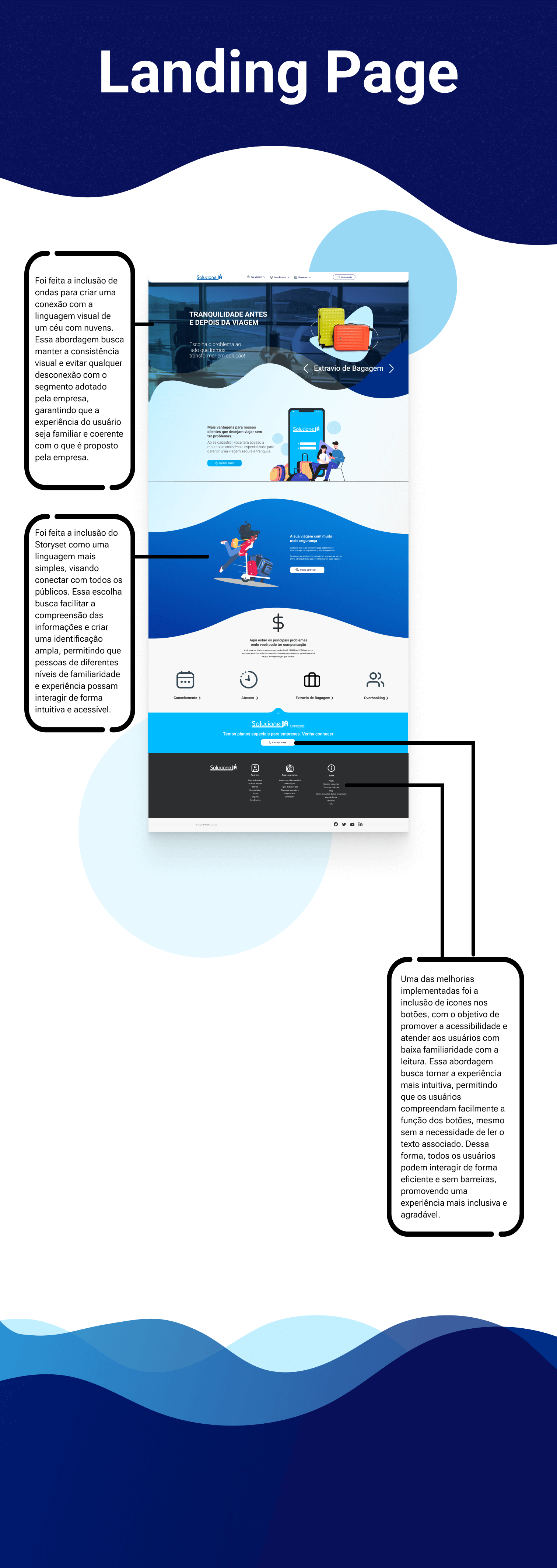
Solucione Já - Product Design.
São Paulo – São Paulo / remote
Complete Product Design, development from conception to production.
São Paulo – São Paulo / remote
Complete Product Design, development from conception to production.
Role
Deadline
Team
For the project execution, the Double Diamond approach was adopted, and from there, we clearly defined the purpose of the application from the outset: to provide comprehensive support to air travelers facing common issues such as delays, cancellations, lost luggage, and overbooking. This clarity guided every step of the process.
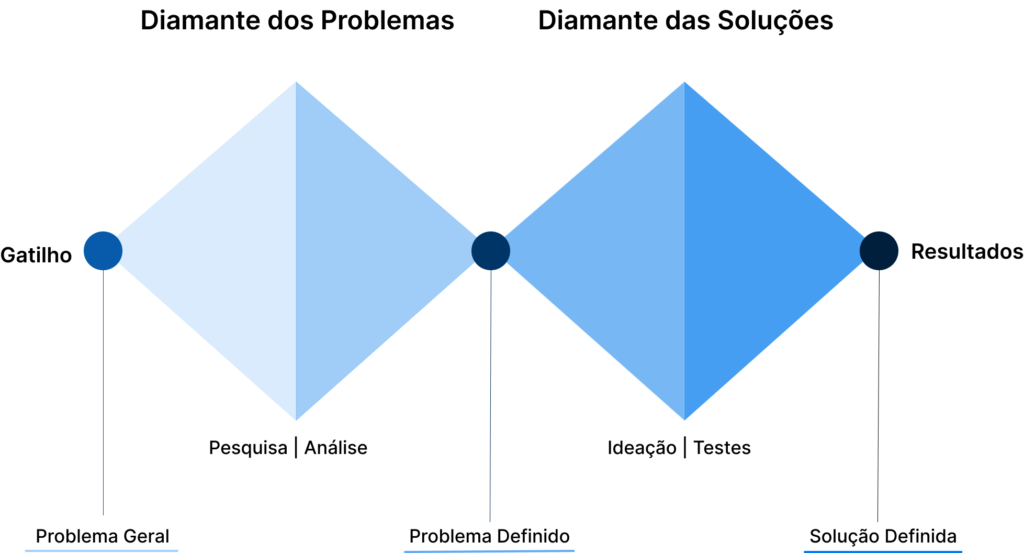
1.1 Competitors:
1.2 Definition and Objectives:
Using the CSD matrix, the starting point of production was defined, beginning with the MVP principle.
1.3 Feature Identification:
1.4 Insights from Initial Interviews:




2.1 Competitive Analysis, Benchmarking, and Points of Interest:
After an initial analysis of competitors, it was identified that, due to airline rules, the services offered tend to be similar among competitors. However, after initial interviews with users, it was found that competitors do not have an app that assists in the early planning of trips.
2.2 Initial Interviews with Sector Stakeholders:
Collected and categorized insights gathered during interviews and usability tests.
3.1 Creation of Personas:
Based on registrations and initial research, personas representing different types of customers were created.
3.2 Customer Journey Mapping:
Understanding customer journeys from the first contact to app registration.
4.1 Brainstorming Session:
First sprint conducted to validate initial prototypes with relevant departments and align application and website functions.
4.2 Concept Selection and Rapid Prototyping:
Selecting the most promising concepts generated during ideation, considering criteria such as technical feasibility of necessary integrations, user impact, and alignment with project objectives. These alignments were crucial for the rapid ideation of low-resolution prototypes.
4.3 Stakeholder Review:
Conducted reviews with stakeholders, including members of the development and design teams, and stakeholders, to gather additional insights and validate design decisions.
5.1 Usability Testing and Research:
After creating high-fidelity prototypes, usability tests were conducted with 5 existing customers and 5 new users representative of the target audience. This included surveys and both qualitative and quantitative feedback.
5.2 Test Data Analysis:
After collecting data during the tests, identifying patterns, friction points, and improvement opportunities, some essential functions, such as the ticket scanning button, were identified.
5.3 Design Iteration::
Based on the conclusions from usability tests, iterate on the product design, making adjustments to address identified issues and improve the user experience.
6.1 Completion of Developments and Final Testing:
Carry out necessary integrations and development, and release improvements to users, ensuring the product is stable, efficient, and meets expectations.


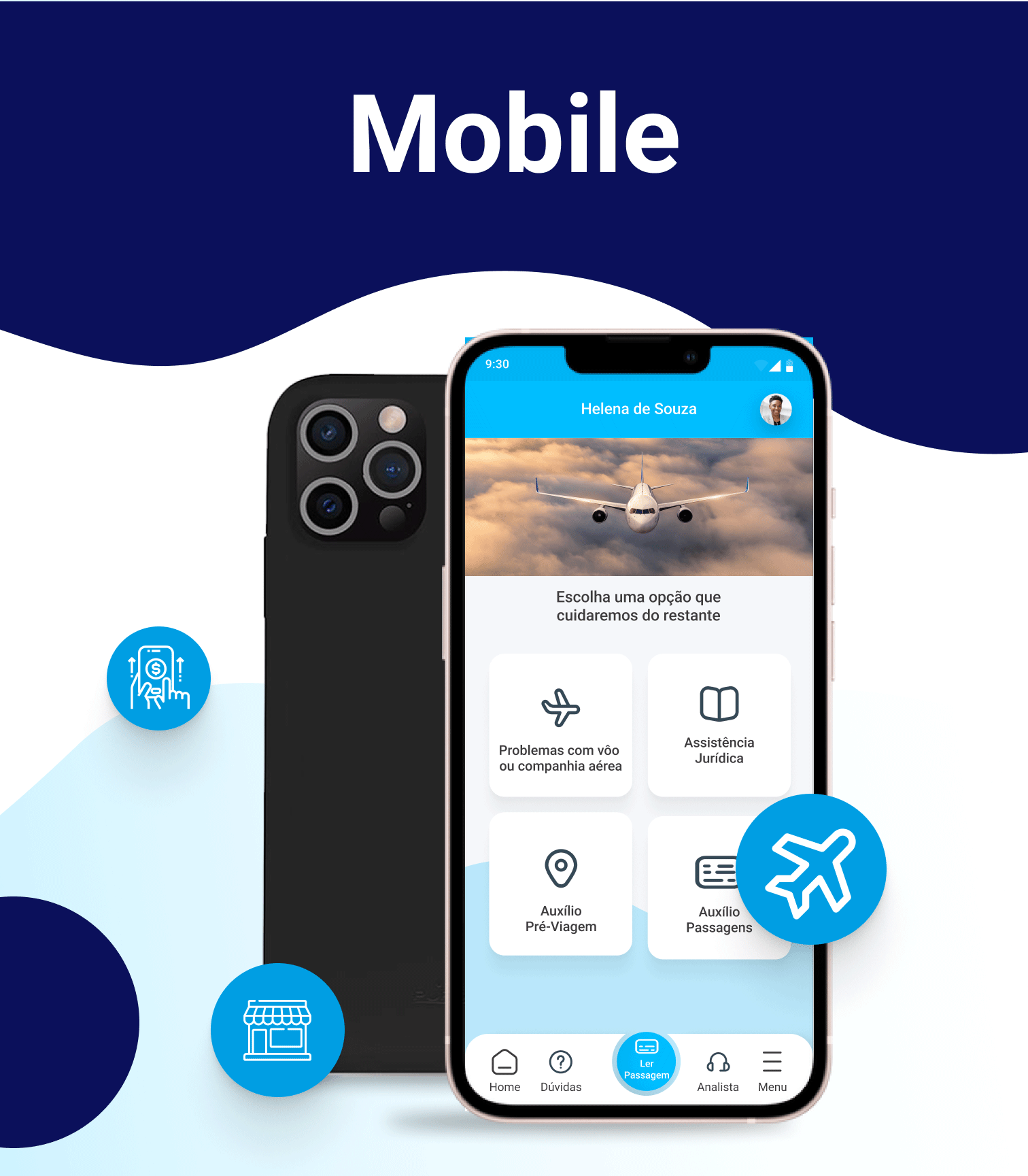
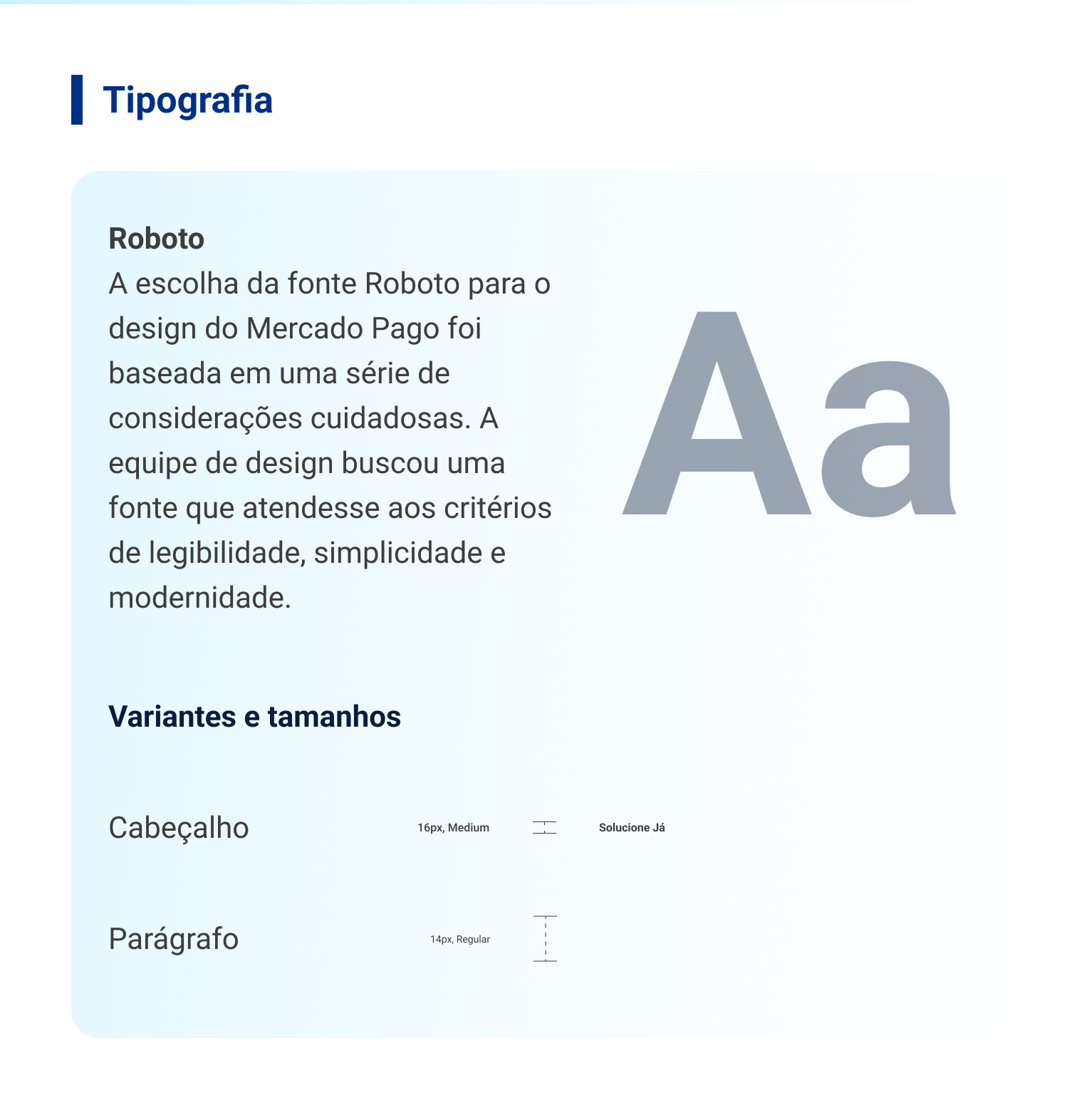
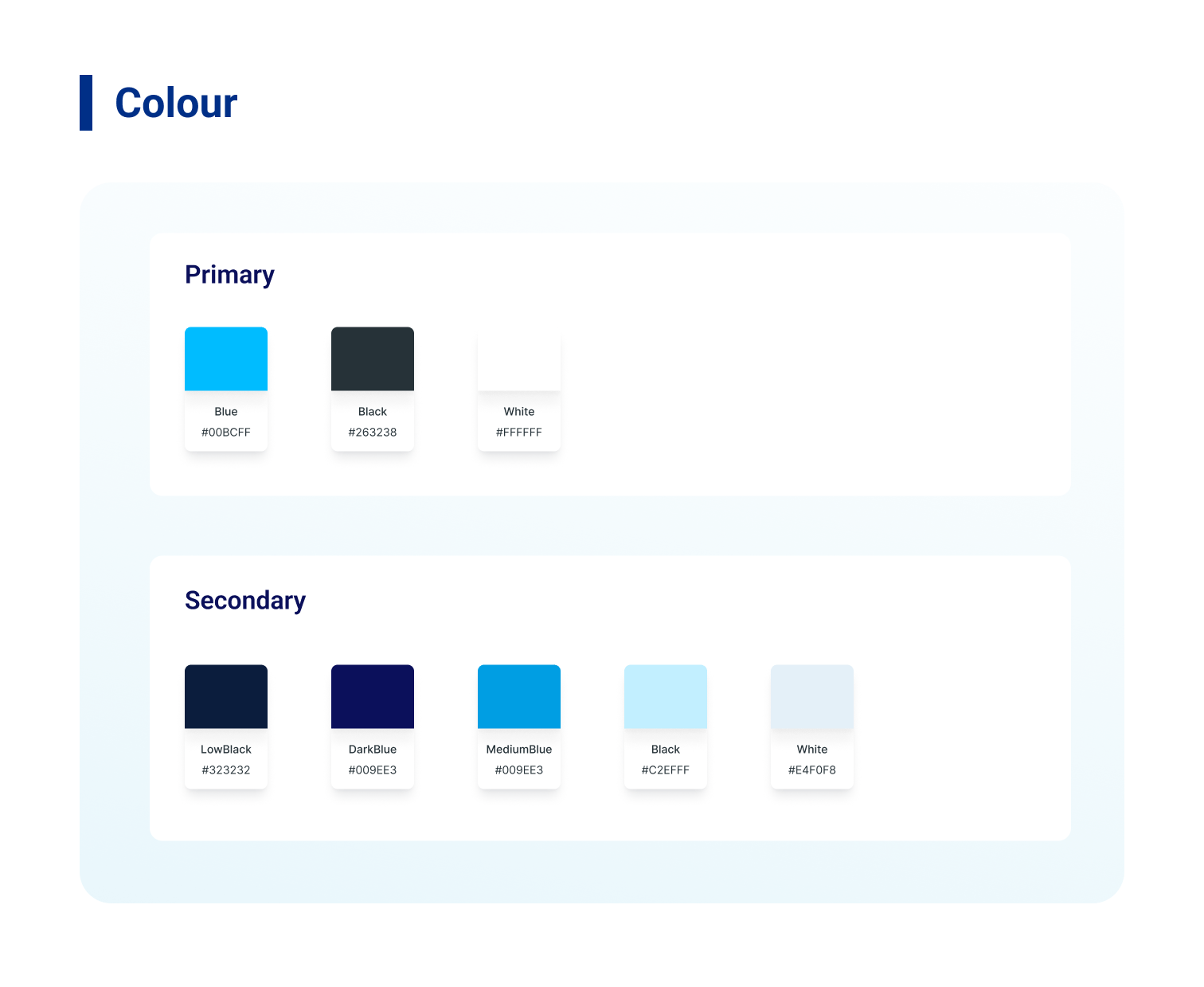
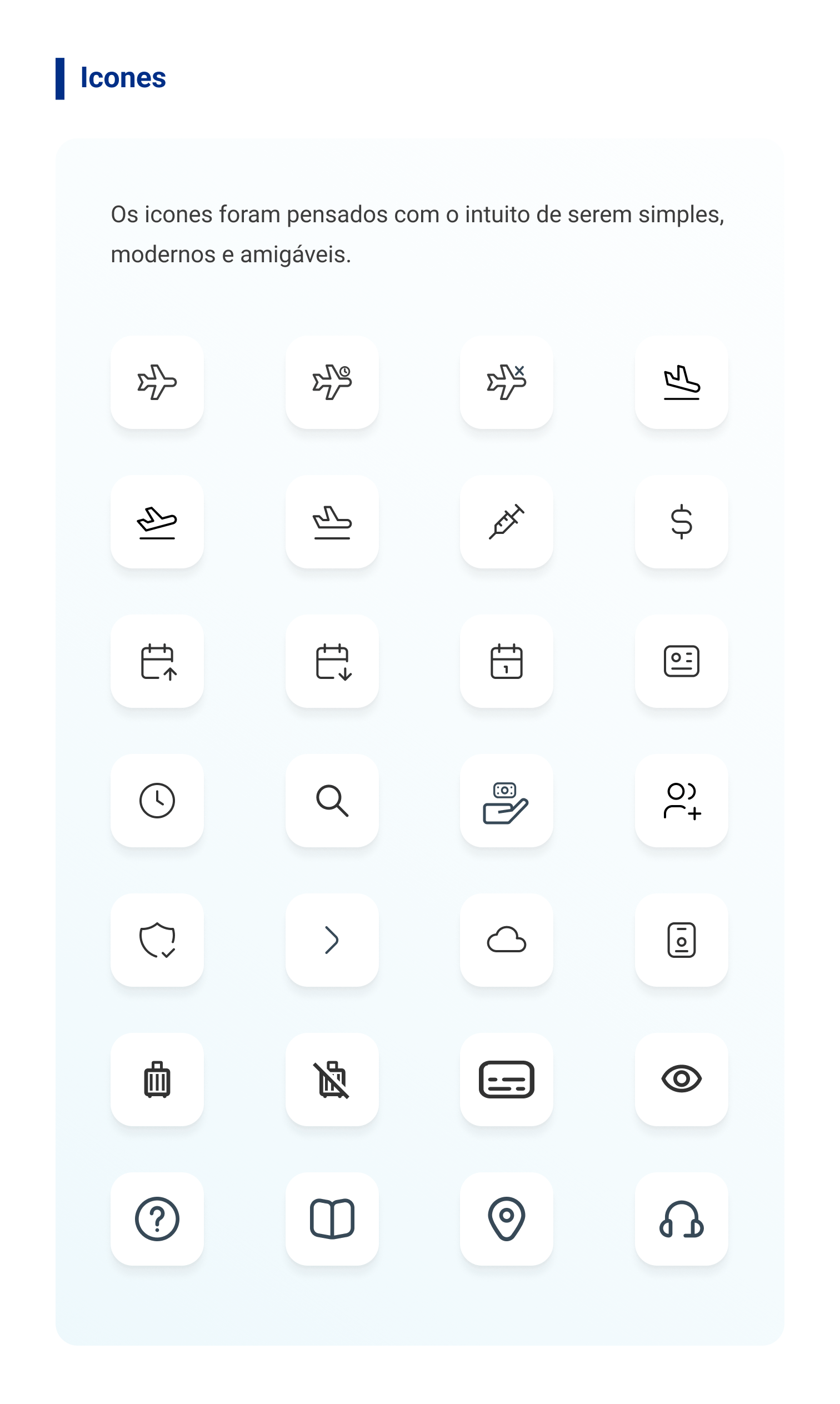
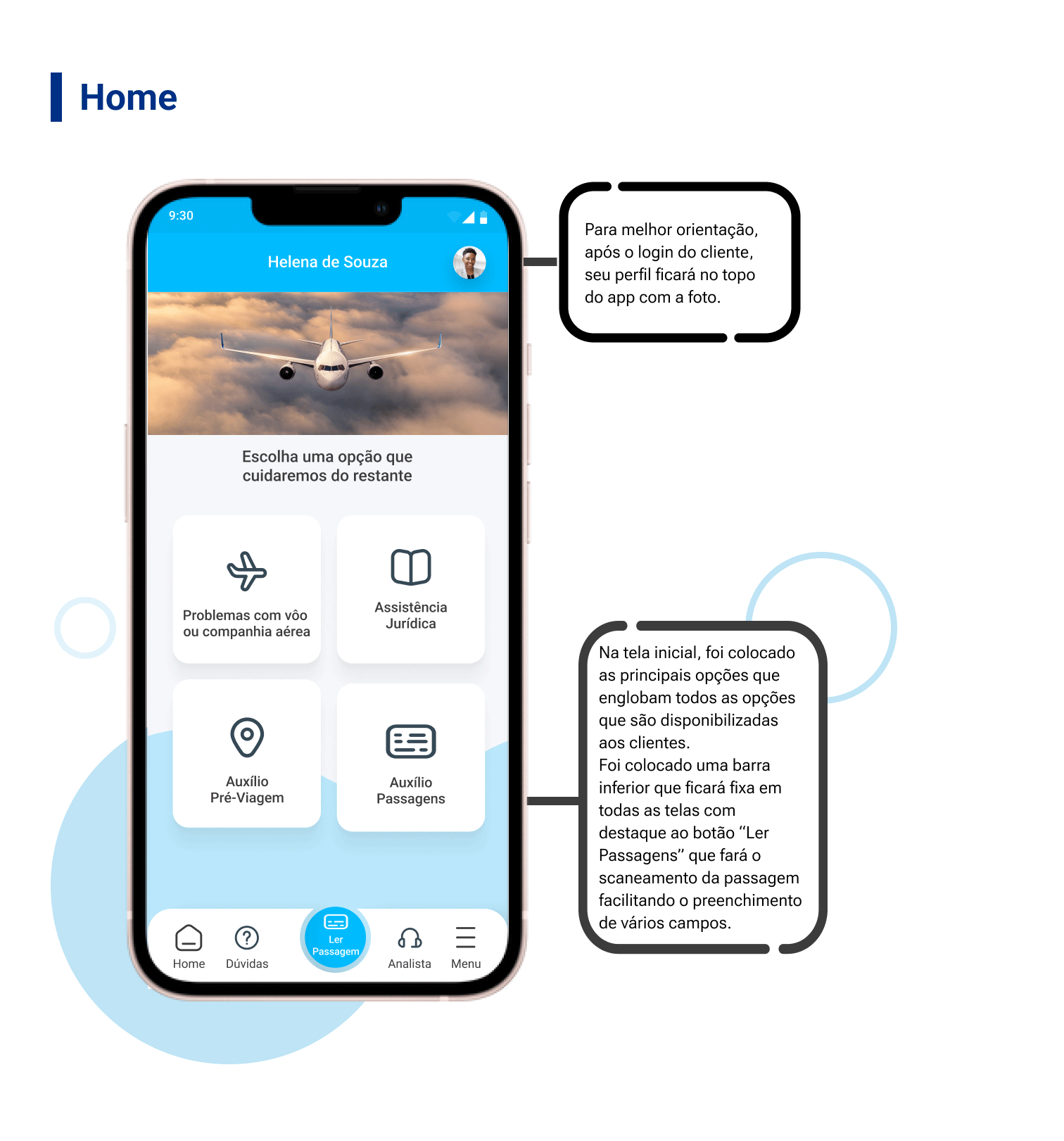
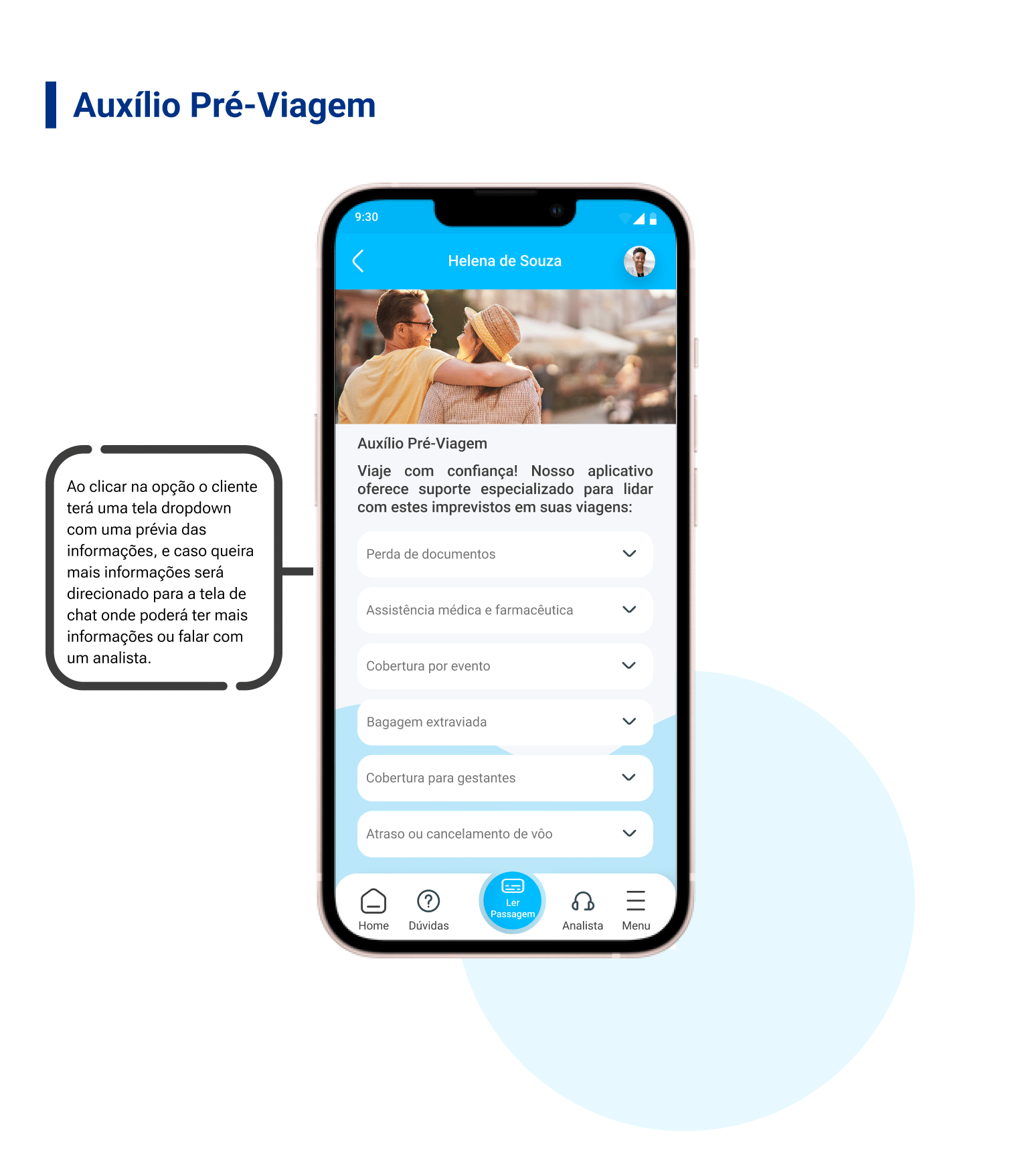
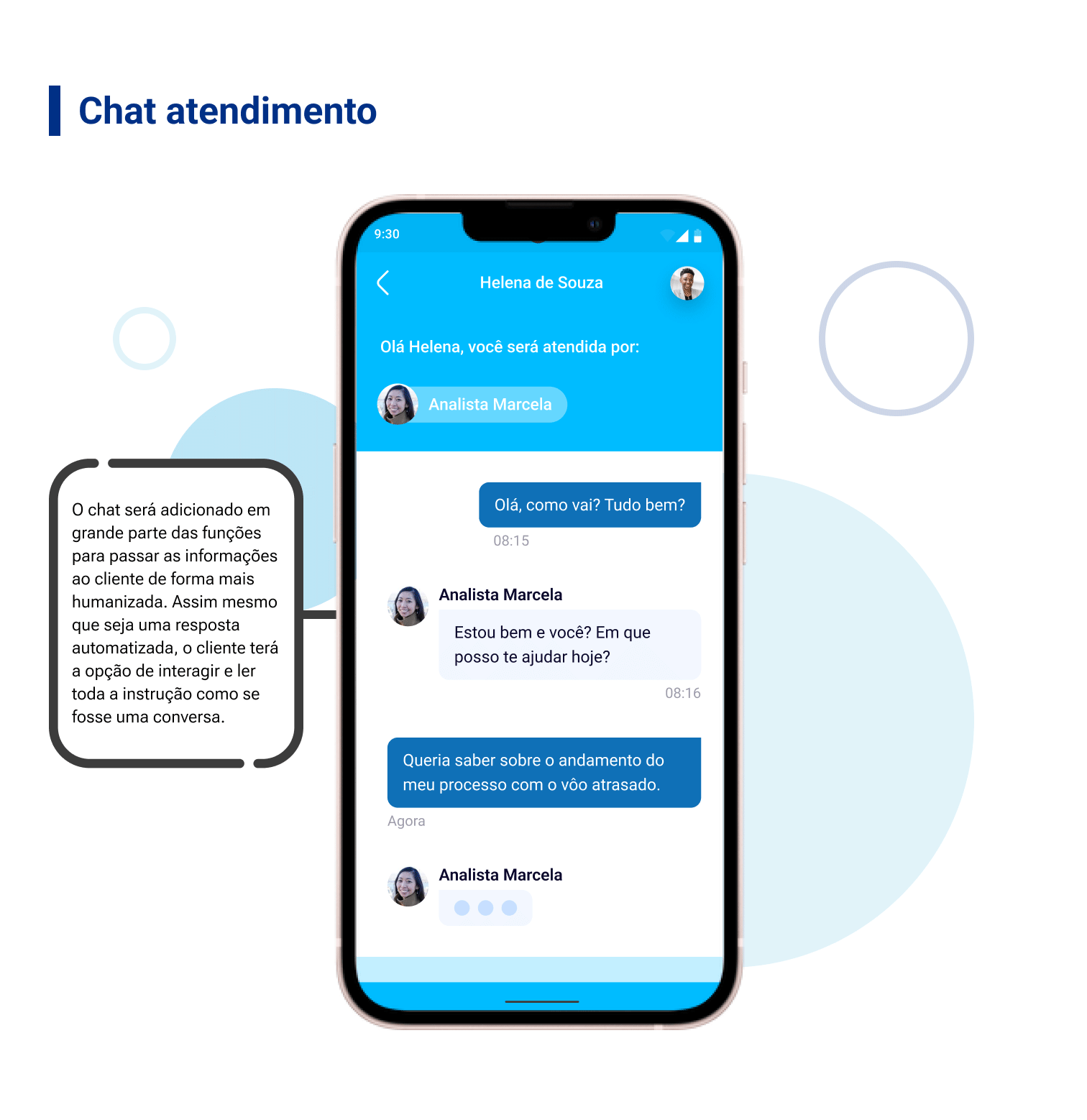

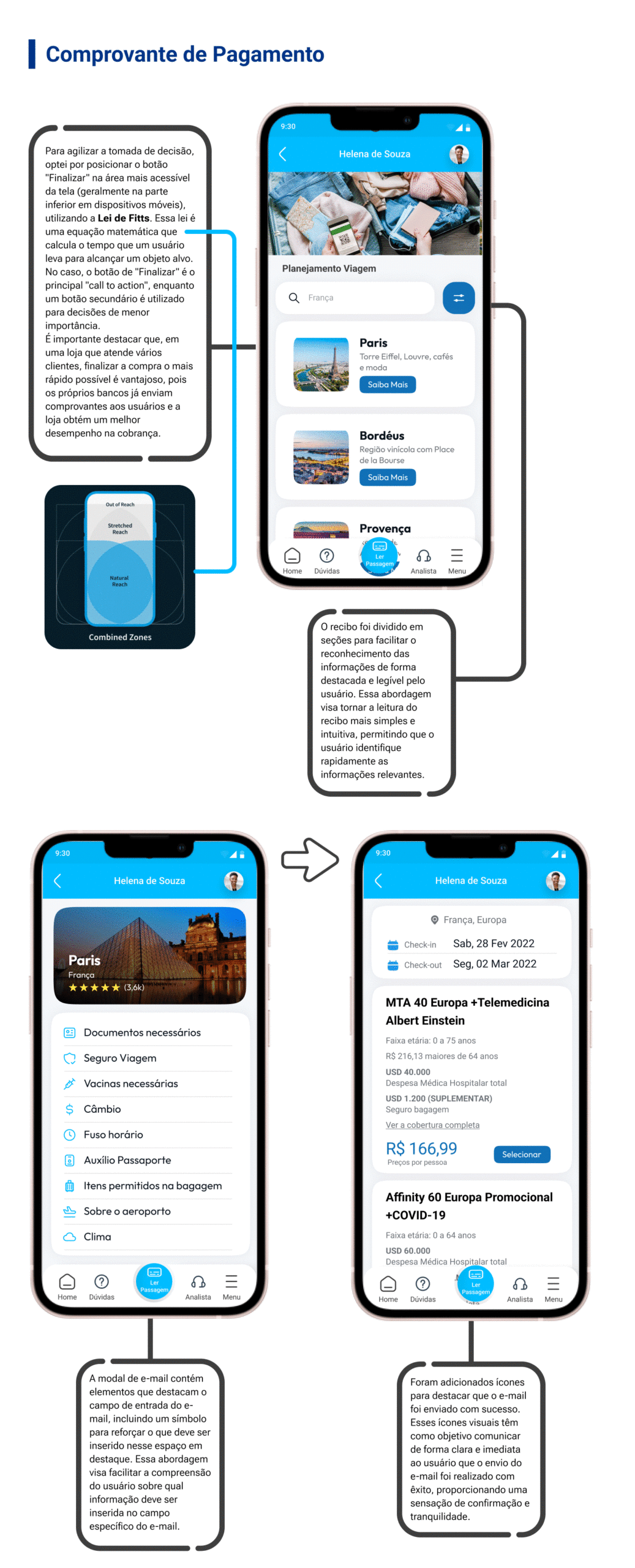
PROJECT CONCLUSION
Although the project is not fully completed, it has yielded positive results with some selected customers participating in the tests.
At the end of the implementation, here are some results that will be implemented:
Note: This is a summary of the project; some data and research have been omitted at the request of the company.